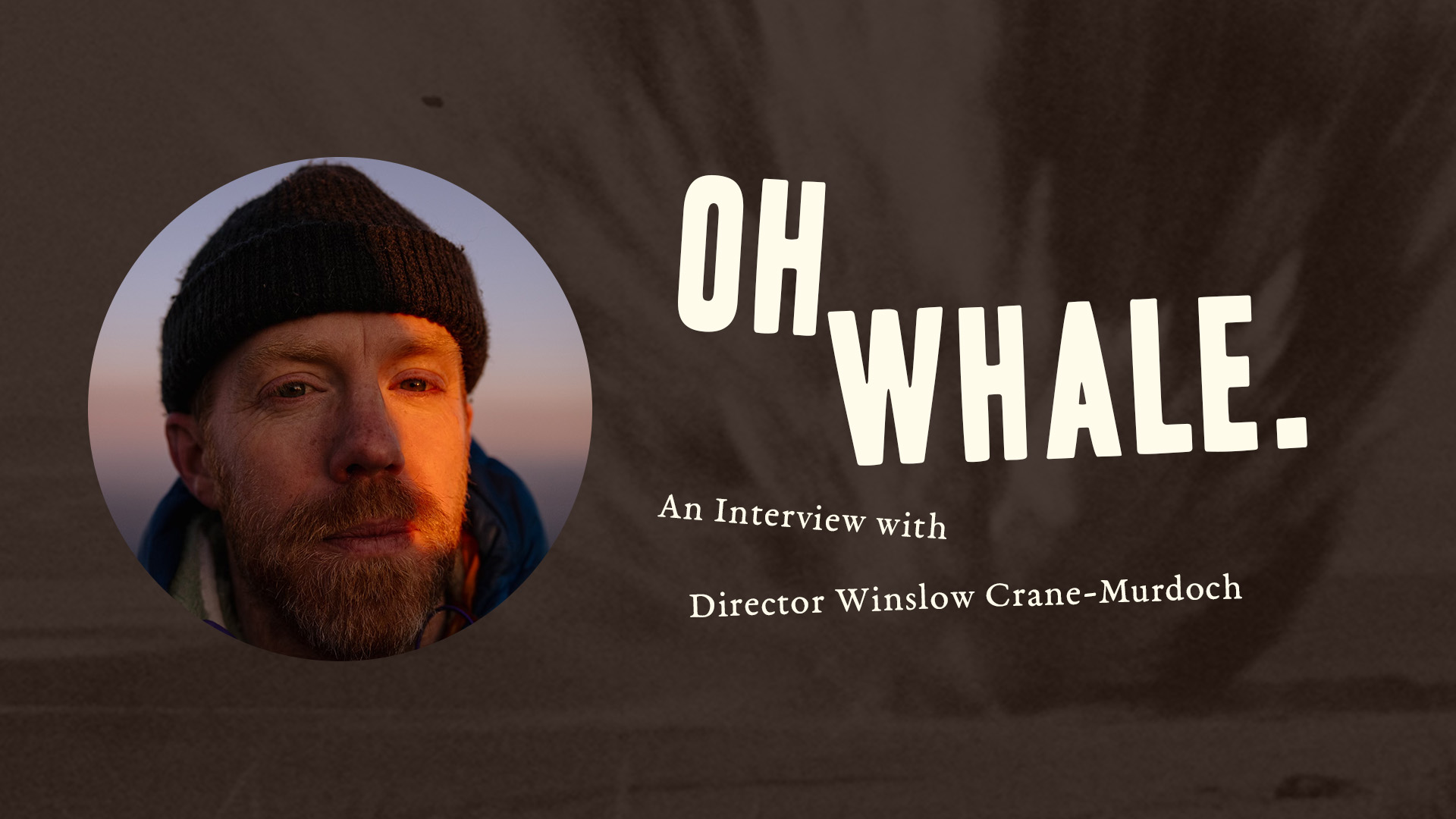Why Oh Whale? An interview with the Director

What started with the discovery of an old news clip turned into a meditation on legacy, laughter, and what happens when yesterday’s news never fades. Oh Whale director Winslow Crane-Murdoch shares how creative risk, a strange spark, and one perfectly weird idea came together.
What sparked the idea for this film?
The idea for this film came from seeing Paul Linnman’s original broadcast on YouTube when I first moved to Oregon. I was quite literally blown away. It is a story that is hard to believe - both disturbing and hilarious in its unintended consequences. As a storyteller myself I was also interested in the fact that Paul Linnman was 24 at the time, and I wondered what he thought about this story following him for so long. When we got in touch with Paul and Doug, the story became about that question. How do we define our legacy when yesterday’s news can live forever on the internet?

Can you talk about a tough moment during filming and how you handled it?
The filming of this project was a complete joy. We got to make it with friends, in the summertime, on the Oregon coast with amazing participants. The only part that was hard was being a small team of three with a lot of gear to carry. Cecilia [Brown, Murdoch-Crane's partner and co-producer of the film] might claim that the worst moment was picking up raw flank steak from the sand after we tossed it off the dunes to recreate the flying whale meat. But, even that was pretty fun.
What's one memory from production that stands out?
Meeting John Barnes at the Siuslaw Museum was very exciting. We walked in hoping to film the whale bones on display and he said to us “you know I was there when it happened.” He graciously agreed to be interviewed on the spot and his reflections really helped tell the story of that day.
What do you hope people get from watching your film?
I hope people find a respite from the day to day weight of the current world. This is a funny story and it’s meant to be a funny film. I hope they also relate to Paul’s journey of acceptance and reflect on their own lives and how they’ll be remembered.

How is this film different from your previous work?
This film is much funnier than my previous work. I often tackle more journalistic subjects that can be quite depressing. This film was a moment for me to just enjoy making something for the fun of it, and to try and tackle a lighter topic, while still having the story hold some meaning.
What techniques did you use to give the film its unique style?
We shot the film almost entirely on a tripod with a servo zoom lens. This gives the film a steady, nostalgic feel. It also allowed us to slowly (or quickly) zoom in during moments in production, which lends some humor to the shots. We also chose to finish the film in 4:3 format so it matched the original footage that was shot back in 1970.






How did you manage your budget and resources for this film?
We were a lean production crew and did a lot of pre-production to make sure we were making the most of our time. We were lucky to have Lucky Day take on post-production. As a post studio they know how to manage budget and resources and finish a project on time better than anybody.
